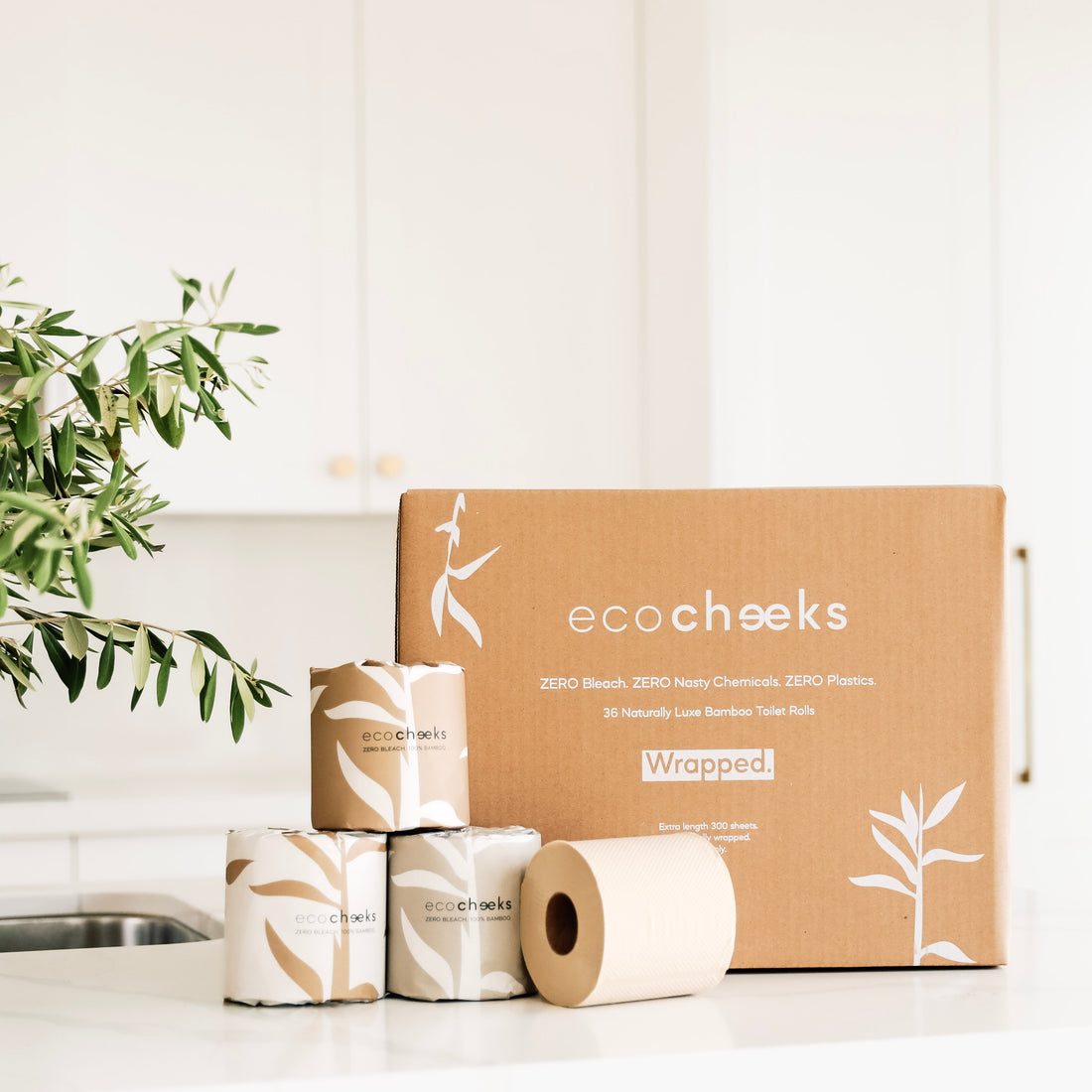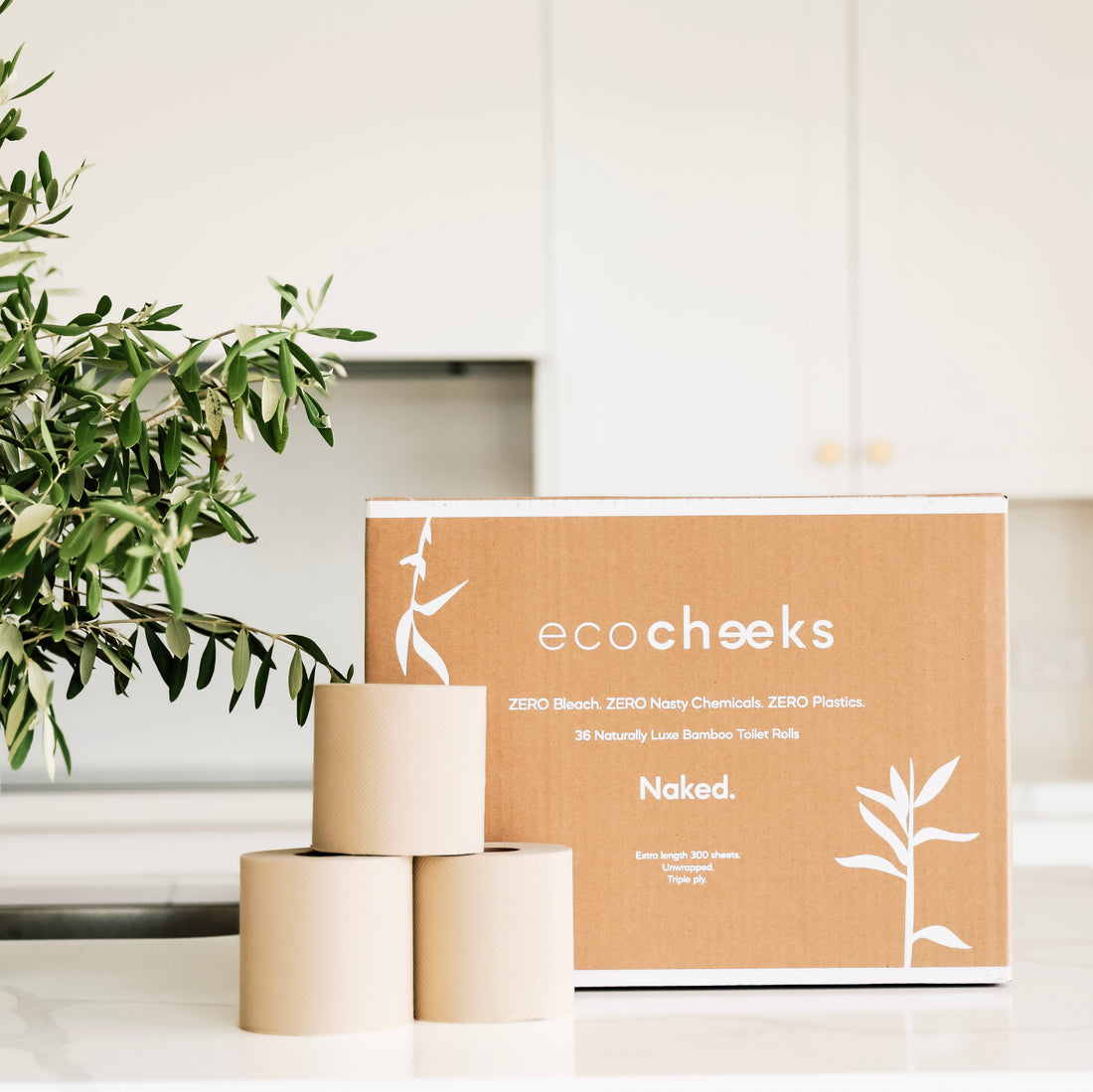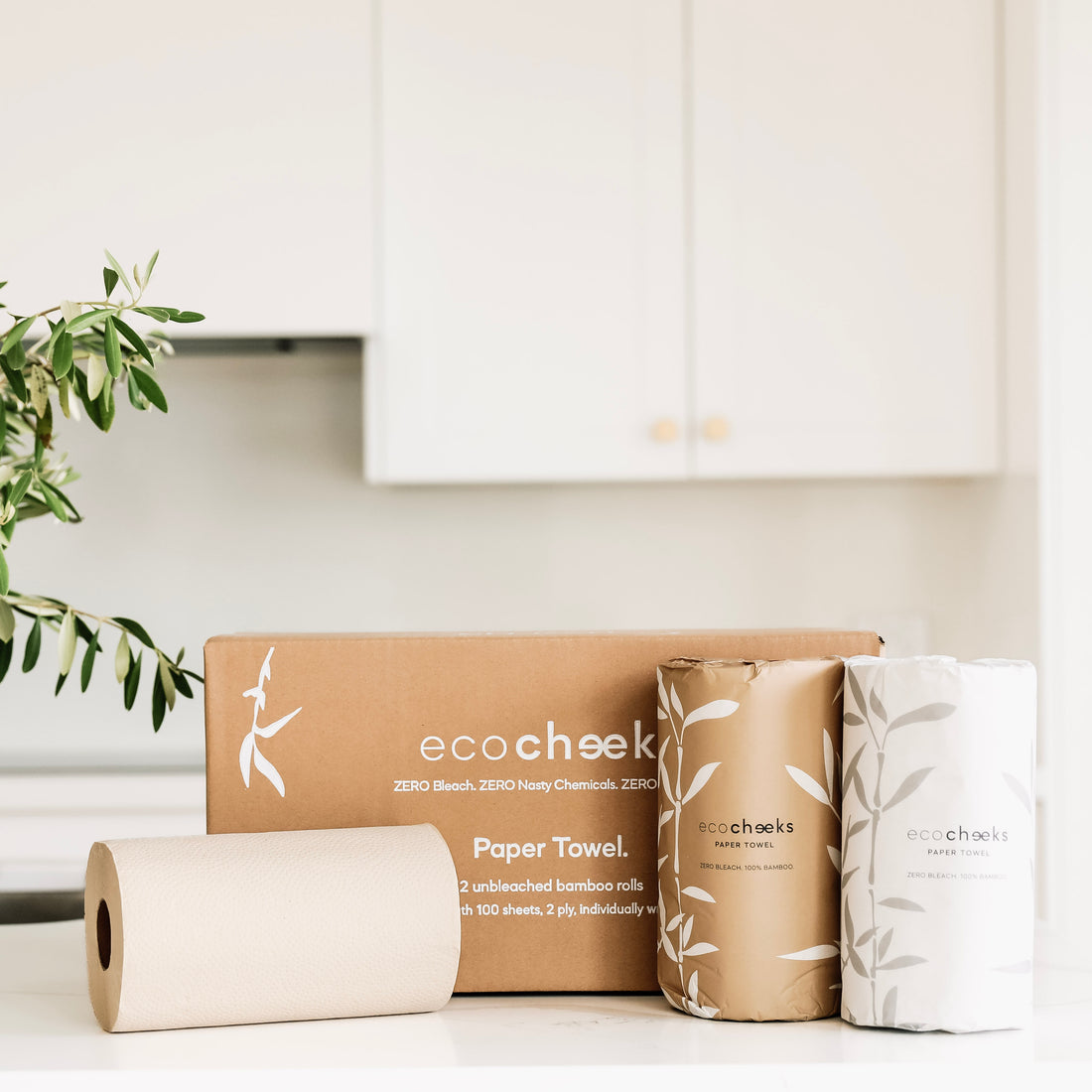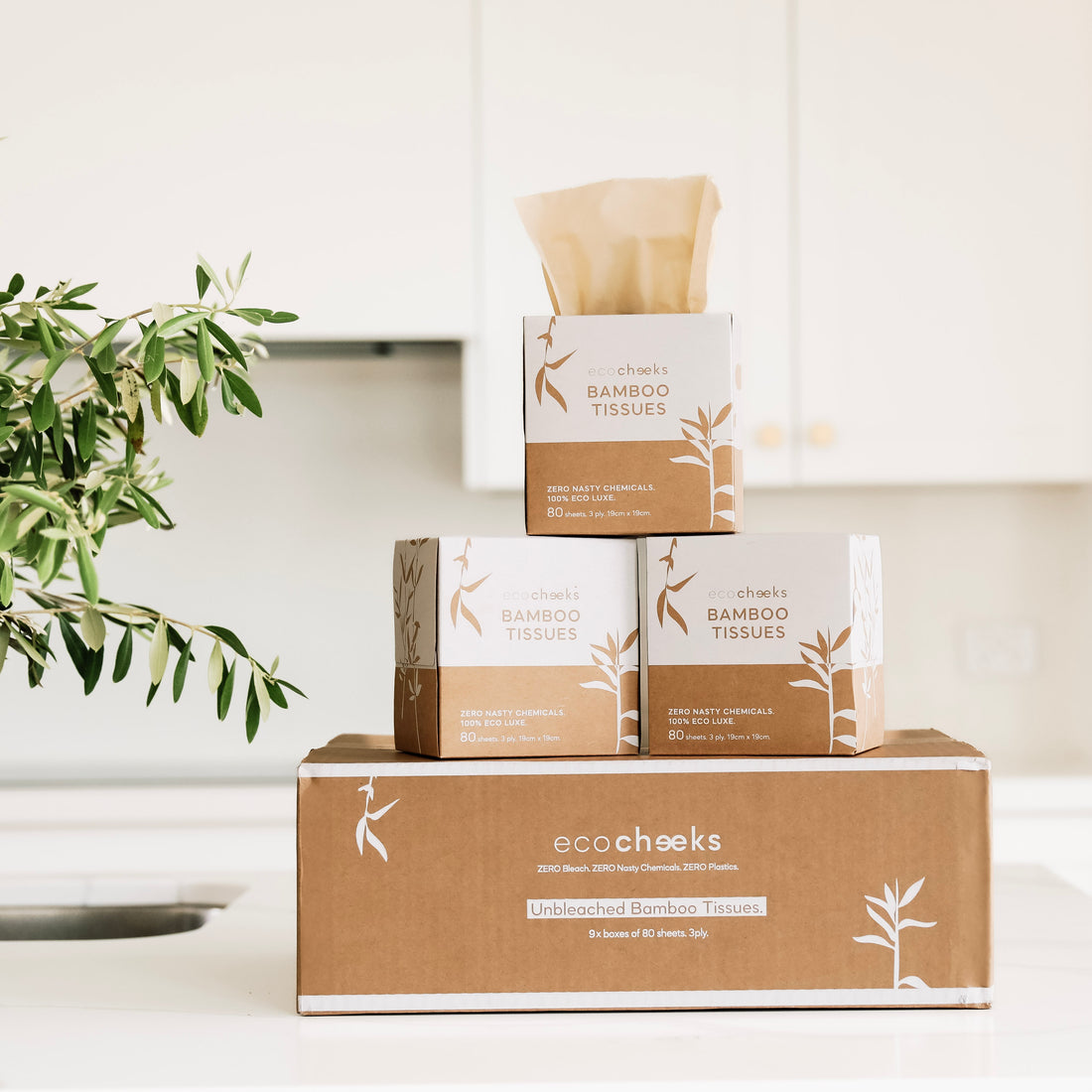If you’ve ever opened your kid’s lunchbox to find soggy sandwiches, half-eaten fruit, and a sad-looking plastic fork, you’re not alone. Mealtimes can be chaotic, but what we pack for kids to take into the world really matters. Nutritious food, safe drinkware, and sturdy utensils set them up for the day.
The trouble is, many kids’ plates, cups, and utensils can leach toxins like BPA or even microplastics into food and drinks. Not exactly what you want alongside their apple slices.
The good news? Small eco swaps are safer, healthier, and kinder to the planet. Even one change at a time adds up to less waste, fewer toxins, and a greener lunchbox for your little one.
1. Plastic Snack Bags → Reusable Pouches
Disposable snack bags are convenient but single-use and wasteful.
Swap it for: Reusable snack pouches made from silicone or fabric. They’re washable, seal well, and keep food fresher for longer. Ideal for chopped fruit at recess, crackers on road trips, or even a sneaky choc chip cookie at the park.
Our Pick: Sinchies Reusable Snack Bags
2. Plastic Plates → Bamboo or Stainless Steel
Plastic plates often contain BPA and can wear down quickly, especially with hot food.
Swap it for: Bamboo plates or stainless steel trays. Both are lightweight, durable, and made to last through snack times, school lunches, and backyard picnics.
Bonus: Stainless steel doesn’t absorb smells, so you won’t be stuck with yesterday’s spaghetti odour.
Our Pick: Bobo & Boo Plant-Based Plates
3. Plastic Lunchboxes → Eco Bento Lunchboxes
Most plastic lunchboxes crack, warp, and end up in a landfill.
Swap it for: Kids’ eco lunchboxes made from stainless steel or silicone. They’re durable, dishwasher-safe, and free from nasties like BPA.
Our Pick: Seed & Sprout CrunchBox™ Lunch Box

4. Disposable Cutlery → Durable Kids Utensils
Those “convenient” single-use forks and spoons? They usually break easily, and they’re not recyclable through most kerbside bins.
Swap it for: BPA-free kids' utensils made from silicone, stainless steel, or bamboo. Safe for everyday use and much sturdier.
Our Pick: Seed & Sprout Reusable Cutlery Set
5. Takeaway Containers → Glass or Ceramic at Home
Plastic-free doesn’t have to mean boring. For older kids, ceramic bowls and tempered glass containers are excellent everyday swaps.
Swap it for: Durable glass containers with clip lids that double as storage and serveware.
Bonus: This type of container transitions smoothly from serving to storing, and it can go straight in the fridge or freezer without any smell retention or staining.
Our Pick: W&P Ceramic Lunch Bowl
6. Plastic Drink Bottles → Stainless Steel Bottles
Plastic bottles don’t just create waste; they can also leach chemicals like BPA and microplastics into drinks. This risk increases when bottles get warm in the sun or sit in a hot school bag during summer. Not exactly what you want in your child’s water!
Swap it for: A stainless steel.. Perfect for school lunchboxes, sports days, or family outings. Look for insulated designs to keep water cold on hot Aussie school days.
Tip: Let your child choose a fun design so they’re excited to use it!
Our Pick: Frank Green Reusable Bottle
7. Juice Boxes → Reusable Drink Bottles
Juice boxes are lined with plastic and aluminium, which makes them tricky to recycle and not so healthy either. They also cost more in the long run and pile up as waste.
Swap it for: Pour juice (or water) into a reusable stainless steel drink bottle instead. It cuts down toxins, waste, and extra spending, plus it keeps drinks cooler for longer.
Tip: Mix water with juice for a lighter option that’s better for hydration and teeth.
Our Pick: Cheeki Insulated Kids Bottle
Bonus Tips to Make It Sustainable
-
Start small: Swap one thing at a time. No need to toss what you already have. Just replace as you go!
-
Second-hand wins: Stainless steel drink bottles, glass containers, and even lunchboxes often pop up in great condition.
-
Shop local: Choosing Aussie eco-friendly brands means fewer shipping miles, safer products, and supporting local families.
-
Buy once, buy well: Quality reusable products may cost more upfront, but they outlast a dozen flimsy plastic ones.
Why It Matters
Swapping plastic plates and cups for eco-friendly kids’ eatware might feel small, but it has a ripple effect. Less waste, safer mealtimes, and habits your kids will carry into adulthood.
Ready to start? Try one swap this week and see how easy it is to make mealtimes greener, healthier, and a lot less plastic.
Take a peek at the Eco Cheeks Impact Story to see how your choices fit into the bigger picture.









